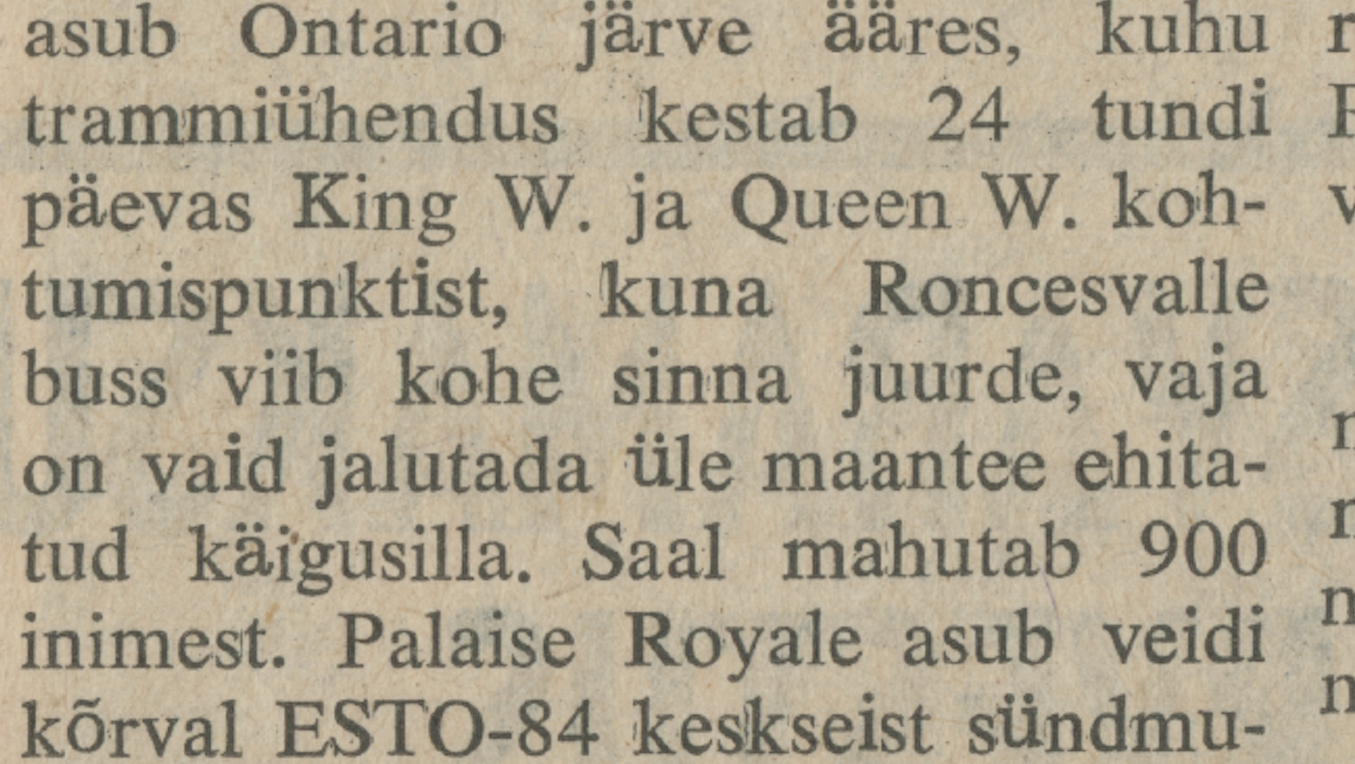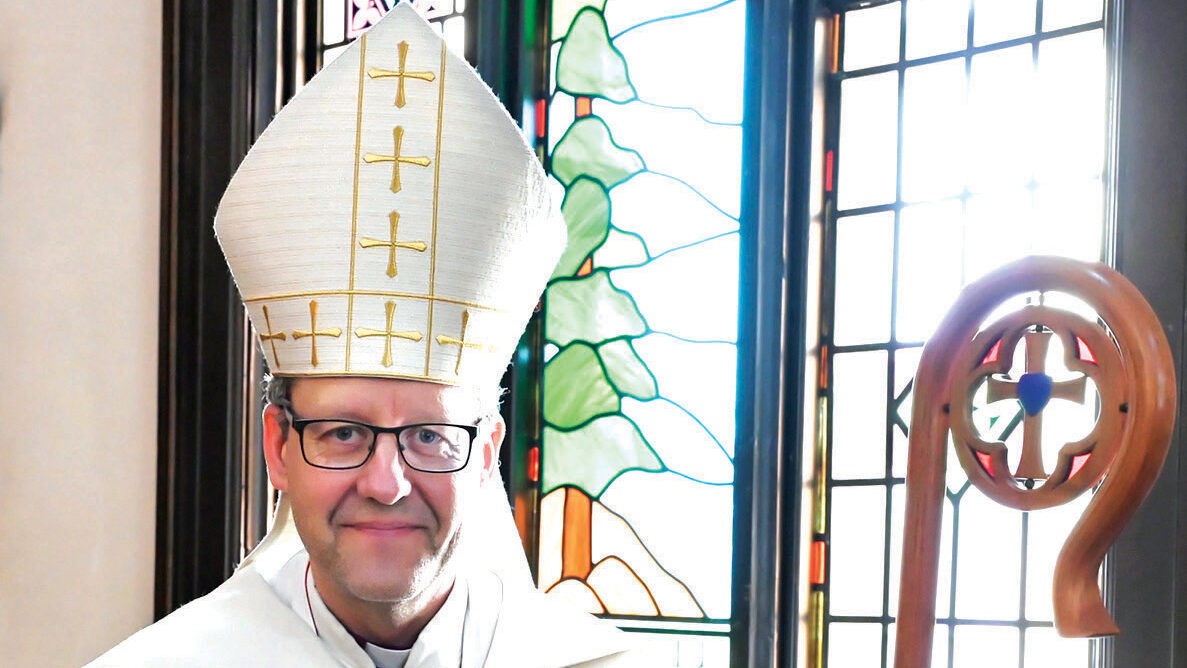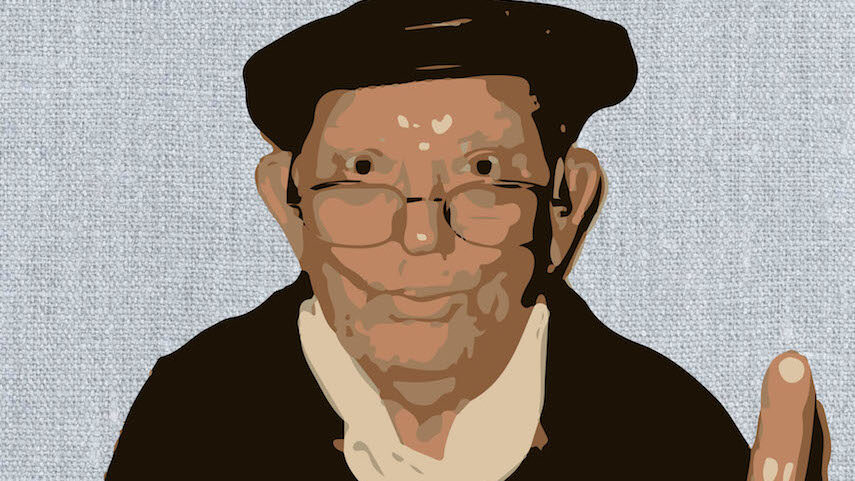CARRYING LINDA'S STONES – AN ANTHOLOGY OF WOMEN'S LIFE STORIES
Editors: Suzanne Stiver Lee, Lynda Malik, Ivi Joe-Cannon and Rutt Hinkrus
Written and compiled in 1996, this is one of the first anthologies written by Estonian women who have their own, no less important, stories to tell than men. The anthology includes a clear and concise history of Estonia. The anthology is divided into three parts: those who stayed, those who were deported and those who fled. Each section is so moving and brutally honest you believe you are reliving the lives of your ancestors. The reader will start to understand the motivations behind decisions that had to be made quickly. This is a “significant study of women's lives that speak profoundly to those of us who have been touched by the Soviet occupation of the Estonian diaspora.” (Journal of Baltic Studies)
BETWEEN SHADES OF GRAY by Ruta Sepetys
This is the story of fifteen-year-old Lina from Lithuania. In 1941, her mother, Lina and younger brother are forcibly deported. The whereabouts of the father are unknown. In the cattle cars, they receive one piece of bread daily. In Siberia, the conditions are even worse. It is freezing. “Have you ever wondered what a human life is worth? This morning my brother's was worth a pocket watch.” The book is movingly and simply written and is suitable even for young teens. “Few books are beautifully written, fewer still are important; this book is both. (Washington Post)
ROAD TO VALOUR – A TRUE STORY OF WORLD WAR II ITALY! THE NAZIS, AND THE CYCLIST WHO INSPIRED A NATION by Aili and Andres McConnon
Gino Bartoli was a poor schoolboy who dreamed of having his own bike. He is discovered
as a potential top cyclist in his hometown of Florence, Italy. He wins both the 1938 and 1948 Tour de France races. Between these two races, Mussolini had his brutal reigns. Bartoli actively helped the Catholic church and the Jews by transporting forged documents in his bike. His beloved Florence became a “monstrous, cruel place.” Assisting the siblings were other Estonian-Canadians: Lia and Mart Kaljurand, Kristi Laar and Kiiri Sandy. “Impeccably researched and thrillingly told.” (The Globe and Mail)
A WOMAN IN AMBER – HEALING THE TRAUMA OF WAR AND EXILE by Agate Nesaule
The Author's Note states, “I have uncertainties about this story. I was only seven. No one
in my family talks about the war. Why tell this story now, so many years after World War II? I pray to an end to war, and I fervently hope for greater understanding for all its victims.” After her family was deported, they eventually made it to the States. What makes this book different is the description of the community here. “A brave and inspiring memoir.” (Chicago Tribune)
WHEN THE DOVES DISAPPEARED by Sofi Oksanen
Oksanen is the Finnish-born novelist whose best seller “Purge” brought her international attention. The setting in this novel is WWII and the main characters are brothers. One fights for freedom and the other for fame and glory. The latter's wife is also evil with a “mouth painted with deceit.” “This is a politically relevant novel that asks what would you do to survive?” (Arts and Entertainment, Financial Times)
Subject: Book reviews continued
PURGE by Sofi Oksanen
Oksanen grew up in Finland; her mother is Estonian and her father is Finnish. The novel has two main female characters: an elderly woman named Aliide Truu and her grandneice Zora. Aliide is cold and isolated. Zora is a teenager who grew up in Russia and got involved in human trafficking. Using only an old photo, Zora finds Aliide's farm. The story develops through flashbacks. They are finally able to support each other. The Soviet presence is always felt. “The walls have ears, and the ears have beautiful earrings.” Jaan Kaplinski, a famous Estonian author, feels the novel is “trivial and sensationalist.” It has become an international bestseller as well as a play and a movie. This book can be borrowed from the Tartu College Estonian Studies Library.
BORDER STATE – WRITINGS FROM AN UNBOUND EUROPE by Tõnu Õnnepalu
Published under the pen name of Emil Tove, this became the most translated book written in Estonian. It is a series of letters from an unknown Baltic man (Estonia is never mentioned) to a man named Angelo. The narrator becomes the lover of a French professor. There are graphic scenes of sex and violence in this novel of seeming fantasy. “Truly forgive me. I have already deviated from the truth.” The author writes movingly and critically about his life with his grandmother and his homeland. “The portrayal of post-Soviet Estonia and its contrast with Western Europe is quite interesting.” (goodreads) This book can be borrowed from the Tartu College Estonian Studies Library.
THE POET AND THE IDIOT, AND OTHER STORIES by Friedebert Tuglas
Tuglas was one Estonia's most famous writers. His writing style has been called “Gothic Symbolist”. The stories are not realistic at all but have aspects of strangeness, fantasy and violence. He writes as if he were hallucinating about themes like cannibalism and devil worship. “Each story is a complex, highly literate, very symbolic esoteric experience.” (good reads) This book can be borrowed from the Tartu College Estonian Studies Library.
BUYING ON TIME by Antanas Sileika
The Lithuanian Canadian author was born in Weston, Ontario. His parents fled Lithuania through Germany and moved to Toronto. His father never became comfortable with his life here; the mother thrives working outside the home. Once they start “buying on time”, life becomes more fun. The boys forget their mother tongue. The father cannot forget that “my father was shot…my brothers are in Siberia.” This is both a funny and bittersweet memoir. “Takes a poignant look at growing up in the suburbs in the 1950's and 1960's.” (goodreads)
Book Reviews Continued
MY ESTONIA – PASSPORT FORGERY, MEAT JELLY EATERS AND OTHER STORIES – PART I by Justin Petrone
Petrone is an American journalist who fell in love with an Estonian, Epp. They lived in Tallinn where she became pregnant. He had several things to adjust to – the language, the bitter weather, the expressionless Estonians and the lack of friends. The memoir is full of humorous, entertaining and realistic “Many thanks to Justin Petrone for a great and gripping book.” (Let's Speak Estonian). Justin Petrone has written subsequent books on this theme. Many of them can be borrowed from the Tartu College Lending Library.
INTO EXILE by Elin Toona Gottschalk
The author is raised by her maternal grandmother in Haapsalu, Estonia. Her parents are both actors and are mainly absent. Elin, her mother and grandmother escape by boat. They are picked up by a German vessel and taken to Germany. For the next three years they survive with little food and nightly bombings. At the end of the war they live in a British refugee camp. The mother goes to England and the other two follow. The older women must work, Elin is found hiding and is placed in an orphanage. INTO EXILE was chosen by “The Economist” as one of the best books of 2013. This book can be borrowed from the Tartu College Lending Library.
THE FOREST BROTHERS by Geraint Roberts
The Forest Brothers were men and women who escaped to the forests to save themselves and their country from the Soviets and Nazis. This is a fictionalized account of a small band of brothers along with a British spy. The hope was always that help would come from the West. The leader of the Brothers states, “We must get to England and America…and persuade them not to abandon us.” “Forest Brothers is a story with a soul.” (SP Moss)
MILKMAN OF THE MANOR by Eduard Vilde
Vilde is one of Estonia's most famous authors. The main characters in this novel represent the manor owners and the serfs. The manor owner falls in love with the wife of a serf and the serf sell her to him. The lives of the rich and poor are described in vivid detail. Vilde states that he wants to create words that wind and rain will not erase. “We get a good psychological story about two men, both conflicted and doubting in their own way.” (themodernnovel)




